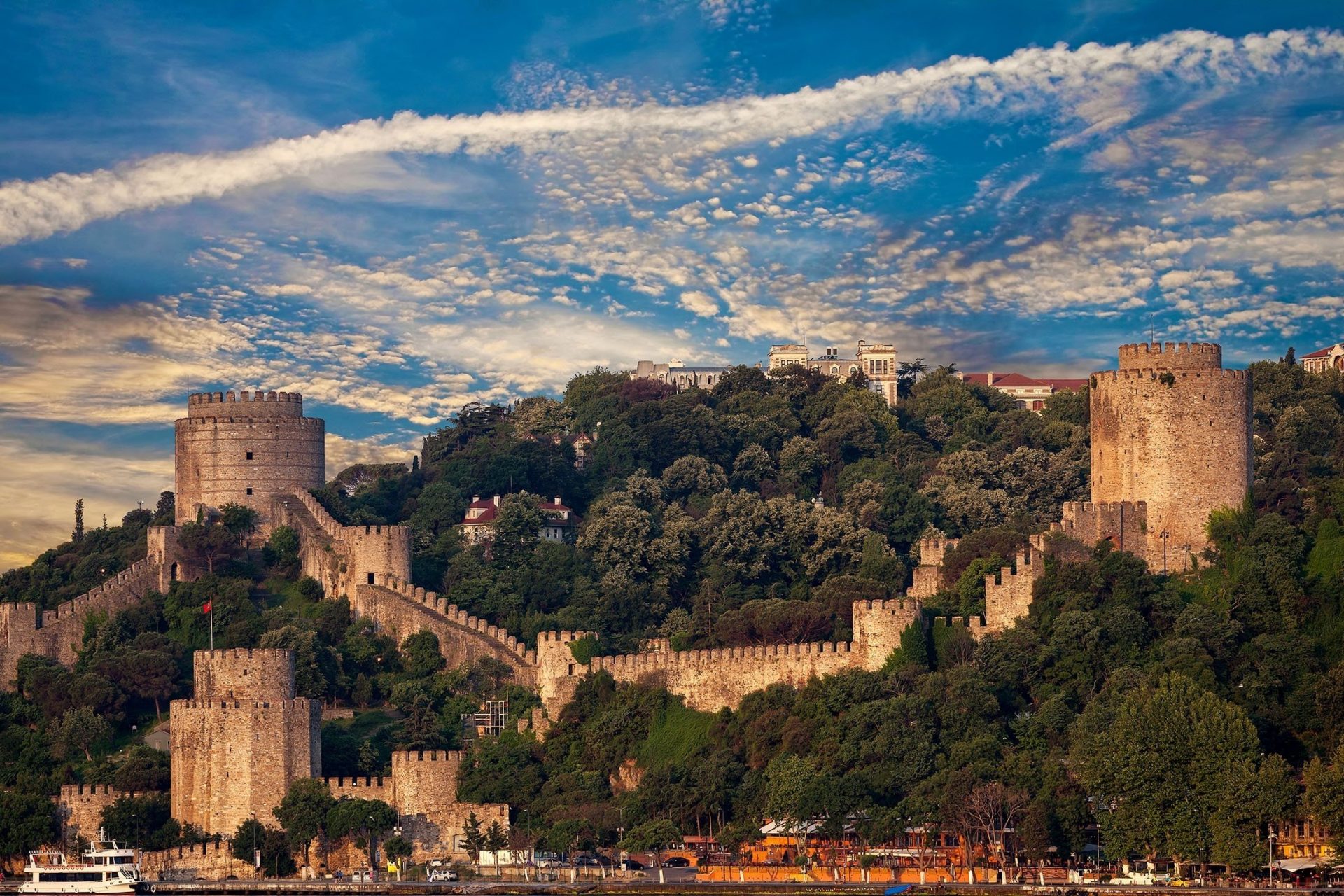308 Mosques in 30 Years: Sultan Mehmed II’s Vision for Istanbul and Beyond
Sultan Mehmed II’s Architectural Legacy: 308 Mosques in 30 Years

Sultan Mehmed II, also known as Mehmed the Conqueror, is remembered not only for his legendary conquest of Istanbul but also for his extensive building programs that transformed the architectural landscape of the Ottoman Empire. Over the course of his 30-year reign, Mehmed commissioned 308 mosques, leaving a legacy of religious and cultural spaces that became the heart of Ottoman cities.
The Sultan’s Legacy of Rebuilding and Dedication to Faith
Mehmed II was a man of medium height with a round face, wide forehead, and an aquiline nose. Known for his elegance and refined dress, he wore the mucevvez turban, symbolizing the dignity and status of the ruling class. His personality, marked by a preference for solitude and secrecy, reflected the demeanor of a ruler with a profound sense of duty. His focus extended beyond the palace walls, and he paid little attention to the harem, devoting himself instead to the growth of the empire and the spiritual well-being of his subjects.
Following his conquest of Istanbul, Mehmed transformed Hagia Sophia from a church into a mosque, which symbolized his dedication to making the city a center of Islamic culture. The building, a symbol of Byzantine glory, was legally designated as booty of war and was thus repurposed. Mehmed established foundations to maintain and support the Hagia Sophia, ensuring its preservation for future generations. This act of transformation wasn’t limited to one building; it sparked a wave of architectural projects that reshaped Istanbul, adding mosques, tombs, and religious complexes across the city.

A Visionary Who Enriched Istanbul’s Cultural and Spiritual Fabric
Mehmed’s architectural contributions were not merely for the aesthetics of the city but served profound religious and community functions. One of his most significant commissions was the Fatih Mosque, the first imperial mosque constructed after the Ottoman conquest of Istanbul. Built on the ruins of the Church of the Holy Apostles, this mosque complex included a madrassa, an imaret (soup kitchen), and a hospital, creating a space that catered to both spiritual and physical needs.
The Fatih Mosque also became Mehmed’s final resting place, symbolizing his enduring connection to the city he had transformed. His choice of burial location reflects his devotion to the city’s spiritual heritage, especially with the proximity of the tomb of Abu Ayyub al-Ansari, a companion of Prophet Muhammad, whose grave Mehmed had discovered and honored with a mosque and tomb. This site, revered by Muslims, became a center for sword-wielding ceremonies and an iconic symbol of Ottoman rule.

Faith and Community Support: From Mosques to Soup Kitchens
Mehmed’s dedication to faith extended beyond Istanbul to other cities, with mosques built in distant corners of the empire. Many of these structures were accompanied by imarets, providing food to the poor, and madrassas that offered religious and academic instruction. His mosque for Sheikh Vefa and the surrounding charitable foundations demonstrate his commitment to nurturing both spiritual and community life.
Sultan Mehmed II’s reign saw 308 mosques rise, testament to his vision of uniting his empire under shared values and communal spaces. These mosques became central to Ottoman culture, marking Mehmed not only as a conqueror but also as a patron of a lasting cultural and architectural legacy.
This expansive reconstruction, which reached across the Ottoman Empire, underscored Mehmed’s influence in building a robust foundation for future generations. His devotion to faith, learning, and public welfare is forever embedded in the structures that stand today, honoring his vision for a united, spiritually rich Ottoman society.
Mehmed the Sultan of Conquests Episode 20 Trailer: What Awaits Us Next Week?





